Click on image for full size
Image courtesy NASA
More Moons around Jupiter & Saturn
Astronomers have recently discovered several more moons in our Solar System.
Scott Sheppard and David Jewitt of the University of Hawaii and Jan Kleyna
of Cambridge University announced the discovery of eight new moons of Jupiter and
one new moon of Saturn. Jupiter now has 60
known moons and Saturn has 31 moons that have been discovered to date. The
new moons were discovered using telescopes on the top of the volcano Mauna
Kea in Hawaii.
The eight newest moons of Jupiter will
be known as S/2003 J13 through J20 for now; permanent names will be assigned
later. All eight are very small, having diameters
of about two to three kilometers (a mile or two). Sheppard, Jewitt,
and Kleyna had discovered
12 new moons of Jupiter earlier this year. Astronomers think there
may be as many as 100 moons with diameters of one kilometer or larger orbiting
Jupiter, so don't be surprised if more moons of the Solar System's largest
planet are discovered soon!
The new moon of Saturn is known as S/2003 S1 for now. It is about eight kilometers
(five miles) across, and is the first
new moon of Saturn discovered since December 2000. Scientists think the Cassini
spacecraft may discover many
more moons orbiting Saturn when it
arrives at and goes into orbit around the ringed planet in 2004.
You might also be interested in:
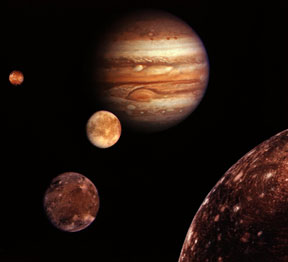
Astronomers have discovered a dozen new moons of Jupiter so far in 2003. Scott Sheppard and David Jewitt of the University of Hawaii and Jan Kleyna of Cambridge University led the team of astronomers who
...more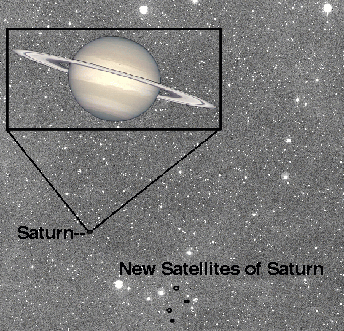
In the last 20 years, there have been many observations that lead us to think that Saturn has many more small moons than we previously thought. In fact, in October 2000, a group of astronomers led by Brett
...more
Saturn has // Call the moon count function defined in the document head print_moon_count('saturn'); moons and a complex ring system. The moon Titan is one of the few moons in the solar system with a significant
...more
On August 27, 2003, Earth and Mars will be closer together than they have been in thousands of years. The centers of the two planets will be 55,758,006 kilometers (34,646,418 miles) apart at 9:51 Universal
...more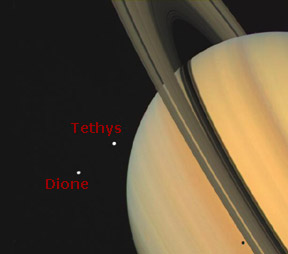
Astronomers have recently discovered several more moons in our Solar System. Scott Sheppard and David Jewitt of the University of Hawaii and Jan Kleyna of Cambridge University announced the discovery of
...more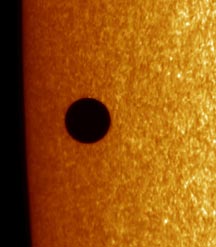
The planet Mercury appeared to cross in front of the disk of the Sun on May 7, 2003. Astronomers call the event a transit. A transit is similar to a solar eclipse. However, a transit occurs when a planet,
...more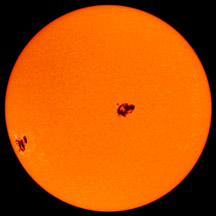
Two gigantic sunspot groups have recently appeared on the Sun and are generating tremendous space weather storms. The sunspot groups (known as group 484 and group 486) are about as large as the planet
...more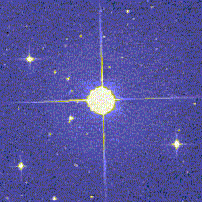
Astronomers have identified another exoplanet, that is, a planet outside our solar system. This makes a total of 102 exoplanets that have so far been found by astronomers! The astronomers that identified
...more














